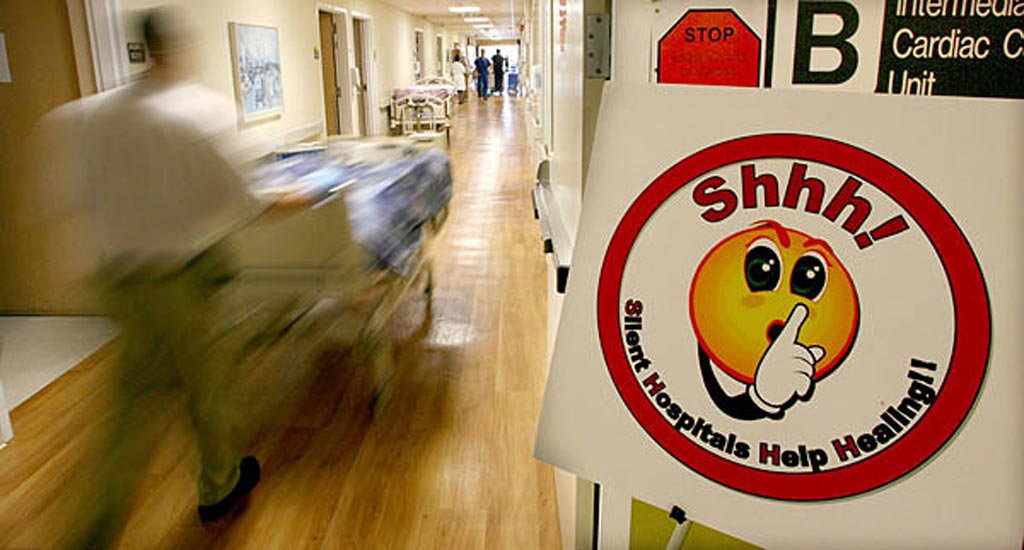Inpatient Antibiotic Use in Hospitals Remains Unchanged
By HospiMedica International staff writers
Posted on 26 Sep 2016
A new study warns that although the overall rate of antibiotic use in U.S. hospitalized patients has not changed significantly, increased prescription of broad-spectrum antibiotics could have a significant impact on antibiotic-resistant infections.Posted on 26 Sep 2016
Researchers at the U.S Centers for Disease Control and Prevention (CDC, Atlanta, GA, USA) conducted a retrospective analysis of adult and pediatric in-patient antibiotic use data from 2006 to 2012 in approximately 300 acute care hospitals, which yielded 34 million discharges representing 166 million patient-days. The researchers then estimated the days of therapy (DOT) per 1,000 patient-days and the proportion of hospital discharges in which a patient received at least one dose of an antibiotic during hospital stay.
They then calculated measures of antibiotic usage stratified by antibiotic class, year, and other patient and facility characteristics, and created national estimates of antibiotic usage, also accounting for inter-hospital covariance to assess potential trends in antibiotic DOT over time. The results showed that 55.1% of patients received at least one dose of antibiotics during their hospital stay, with overall national DOTs at 755 per 1,000 patient-days.
While overall antibiotic use did not change significantly during the six-year time period, with total days of therapy increasing by just 5.6 days, the researchers noted that the use of several antibiotic classes, especially broad spectrum agents, increased significantly. These included tetracyclines, carbapenems, -lactam/-lactamase inhibitor combinations, glycopeptides, macrolides, and third- and fourth-generation cephalosporins. The study was published on September 19, 2016, in JAMA Internal Medicine.
“Owing to the rising threat of antibiotic resistance and other consequences resulting from unnecessary antibiotic use, ensuring appropriate antibiotic usage in the United States has become a national priority,” concluded lead author James Braggs, PhD, and colleagues. “The government has developed the National Strategy for Combating Antibiotic-Resistant Bacteria. Antibiotic use surveillance is a key objective within that strategy, and a core element of hospital antibiotic stewardship programs identified by the CDC. Appropriate antibiotic prescribing improves patient safety, slows development of antibiotic resistance, and reduces wasted resources.”
“We, as physicians, want to appear capable to our patients and not give the impression they have wasted either our time or their own,” wrote Ateev Mehrotra, MD, MPH, and Jeffrey Linder, MD, MPH, of Harvard Medical School (Boston, MA, USA), in an accompanying editorial. “In addition, it feels easier for us as physicians to do something now rather than wait for a problem to arise. In circumstances of diagnostic uncertainty, prescribing antibiotics ‘just to be safe’ feels like it decreases the chance of serious complications.”
Related Links:
U.S Centers for Disease Control and Prevention














